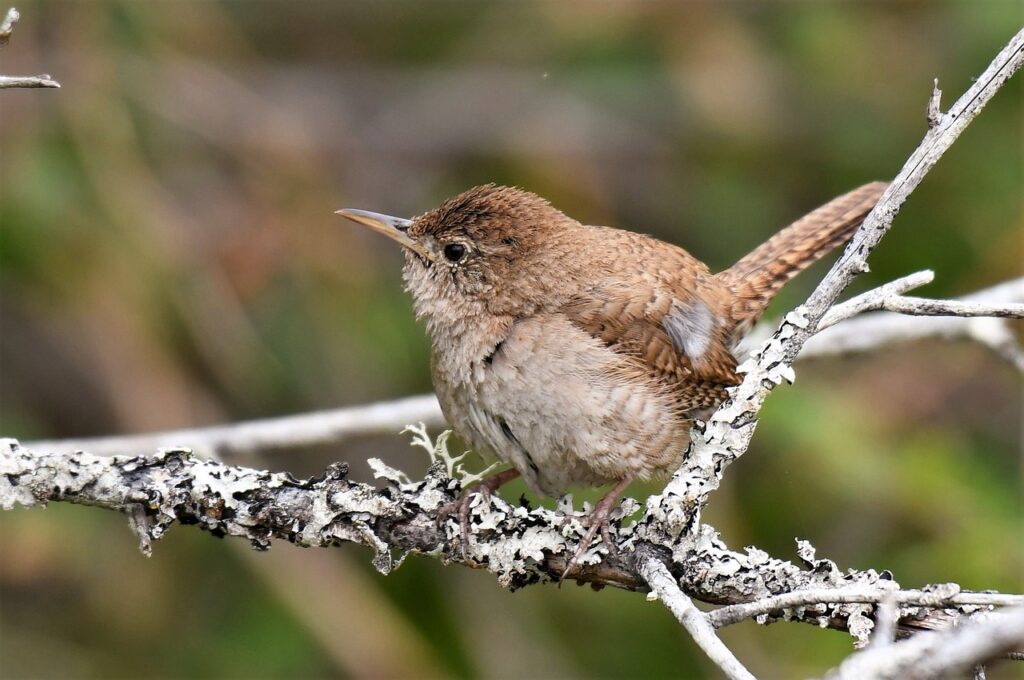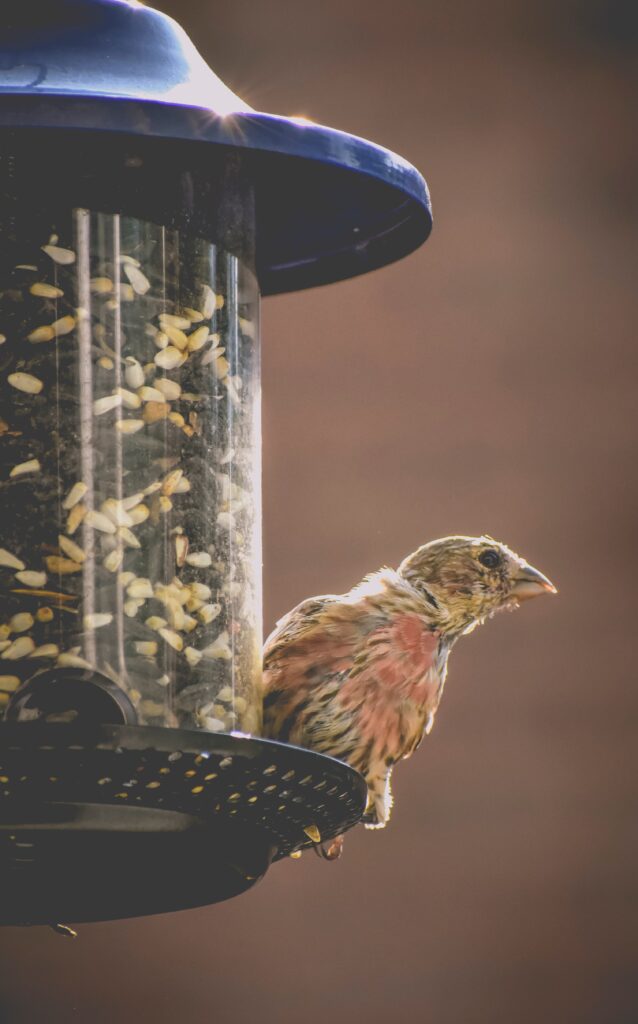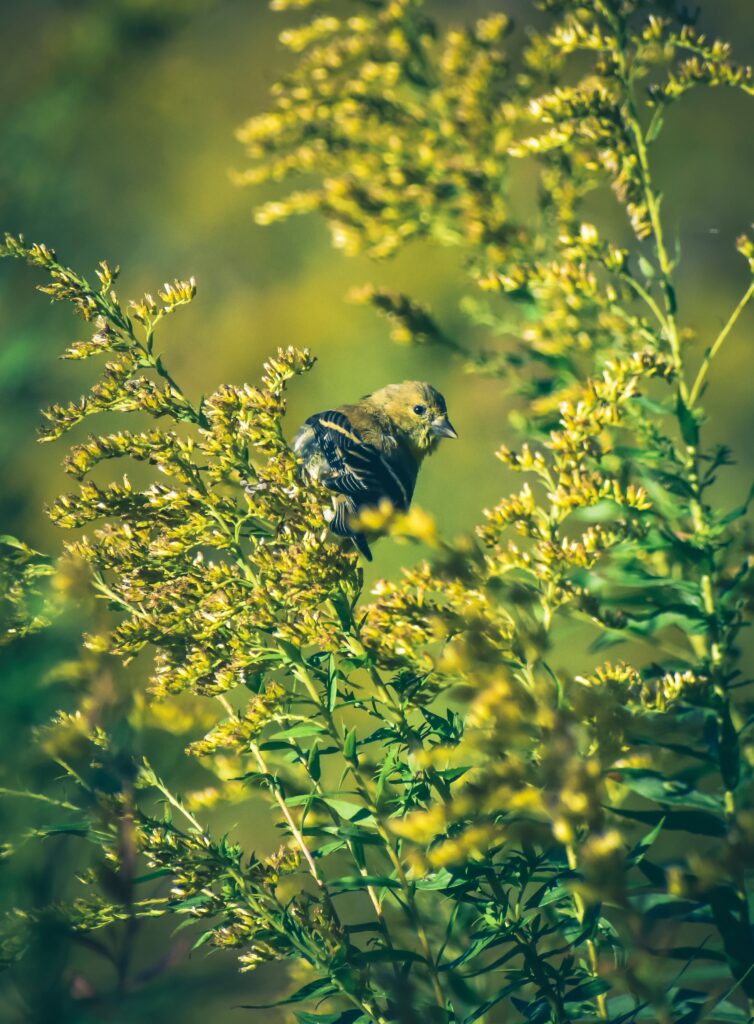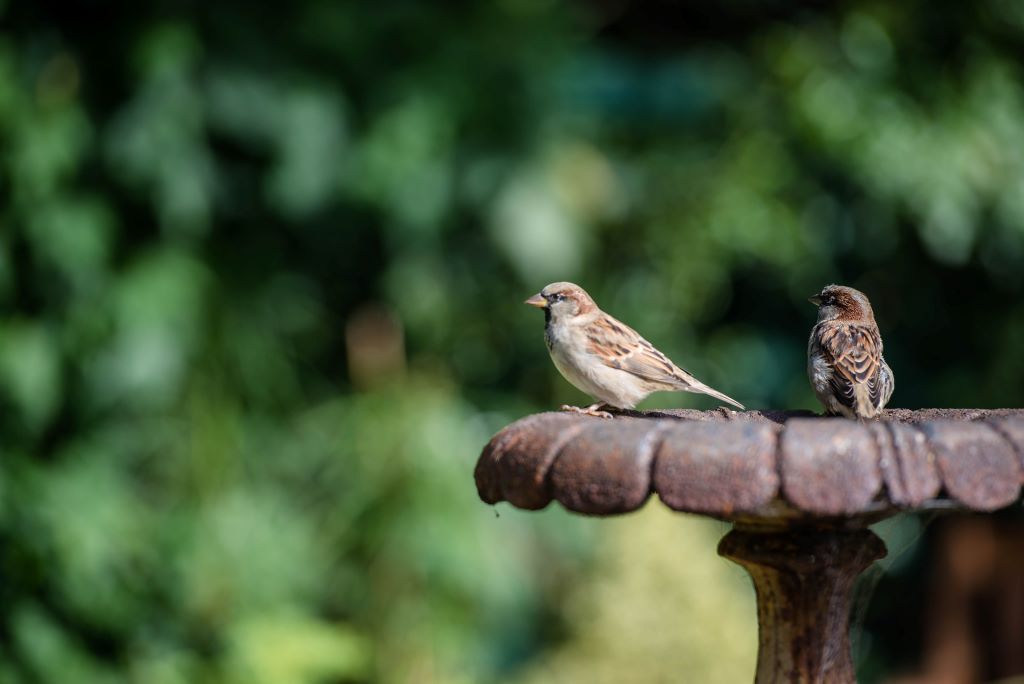If you live in Southern California, transforming your backyard or garden into a wild bird sanctuary may sound like a feat. But the truth is, it’s easier than you think. Plus, it has many benefits for both backyard birds and your family. Not only does it increase the number of birds making pit stops in your yard, but it expands the variety of birds you’ll attract. For birds, it means a welcome respite where they can rest and replenish. And since Southern California is part of the Pacific Flyway route, which millions of birds use to migrate yearly, this is especially important.
Before we get into how to create a bird haven, here’s a list of the most common backyard birds in the region.
Common Backyard Birds of Southern California

- Allen’s hummingbird
- American robin
- Anna’s hummingbird
- Black Phoebe
- Bullock’s oriole
- Bushtit
- California scrub-jay
- California towhee
- Dark-eyed junco
- Goldfinch
- Hooded oriole
- House finch
- House wren
- Mountain chickadee
- Oak titmouse
- Purple martin
- Red-breasted nuthatch
- Rock wren
- Rufous-crowned sparrow
- Spotted towhee
- Western scrub-jay
- Western tanager
- White-breasted nuthatch
- White-crowned sparrow
- Wrentit
- Yellow warbler
Providing the Basics: Food, Water, and Shelter

To make your yard bird-friendly, you’ll need the basics. Here are some considerations for Southern California birds in particular.
Food
There’s a wide variety of native Southern California birds, each with its own feed preference. Many local birds like suet, a high-protein food made from animal fat. Others, like those in the Big Bear and San Bernardino mountain area, like feed mixes like Chirp’s custom Big Bear Blend. Still, many other area birds, like orioles, are fruit eaters, while most birds eat insects, especially around the spring and summer. And don’t forget our local finches and hummingbirds—they’re looking for nectar to sip. It’s good to offer a variety of foods in your bird feeders for the local birds. To do that, you first need to know what they eat. For a list of some common local birds and their favorite foods, see our blog post “Eating Like a Bird: What They Crave and Other Fun Feeding Facts.”
Water
Southern California is notoriously dry, so our birds need extra help staying hydrated and bathed. The most straightforward way to offer water to wild birds is, of course, a birdbath. If you live in Big Bear or the local mountains, you may wish to consider a heated birdbath, which offers water to birds year-round without it freezing. Keep the water at a shallow 1-2 inches and add a rock or sticks to the water for perching spots. As with bird feeders, you should keep your birdbaths clean to prevent the bacteria growth that spreads bird disease.
Shelter
Especially during migration and nesting seasons, birds are looking for places to shelter. Natural shelters are especially welcoming abodes. Hedges and short shrubs will bring in small birds like goldfinches, towhees, sparrows, and warblers. Tall trees will attract woodpeckers, hummingbirds, hawks, and owls, among others. If you don’t have much greenery at your disposal, manmade structures like bird houses and nesting boxes will also work well.
Native Plants (and No Pesticides)

A true Southern California bird sanctuary includes plants native to the area. Not only are they more inviting for your local birds, but they often require less maintenance. It’s important to avoid using pesticides, as these can prove harmful to birds (and they drive away insects, which are a very important food source for birds). If you’re a Big Bear resident, here’s a list of bird-friendly, native plants to try in your yard. When planting, try including a variety of plant heights, from trees to shrubs to ground cover; the different heights will help birds navigate your yard while staying under cover from predators.
From Bird Haven to Wildlife Habitat

What’s the difference between a bird-friendly yard and a certified wildlife habitat? The answer is: not much. Check out this handy resource for how to qualify your outdoor space as a certified wildlife habitat by the National Wildlife Federation.


